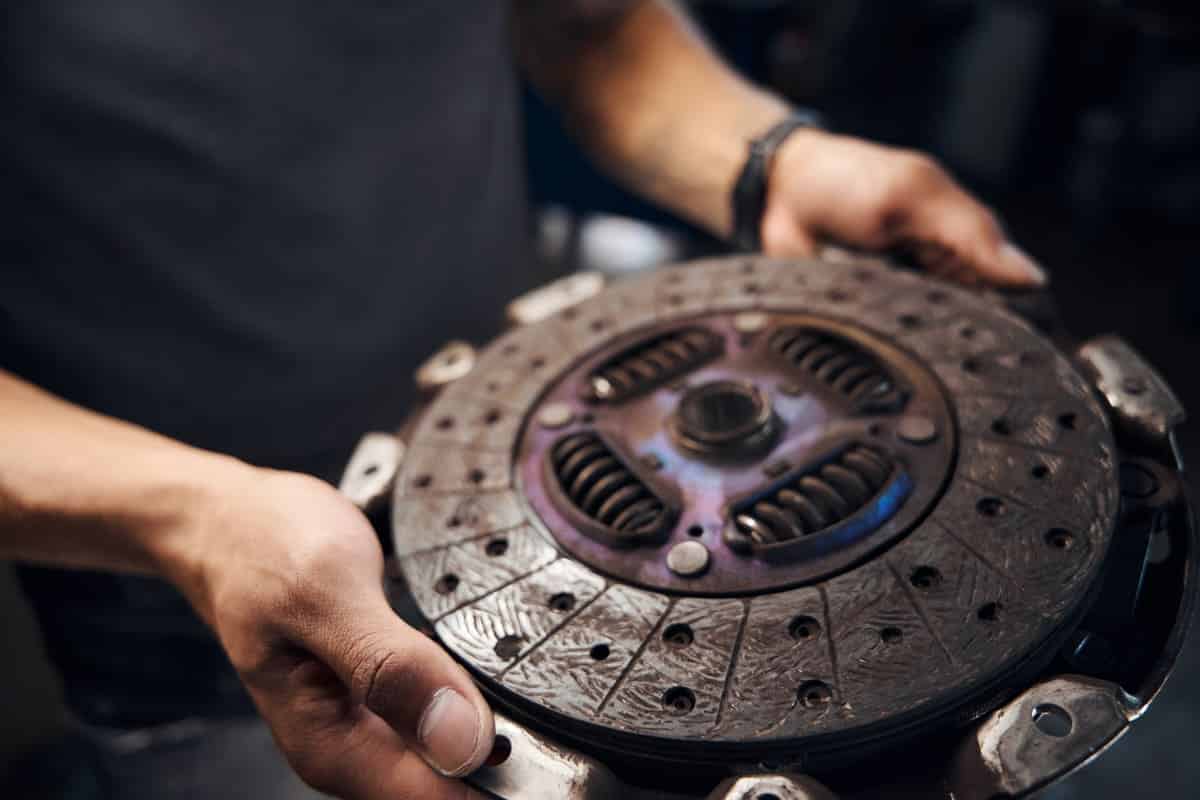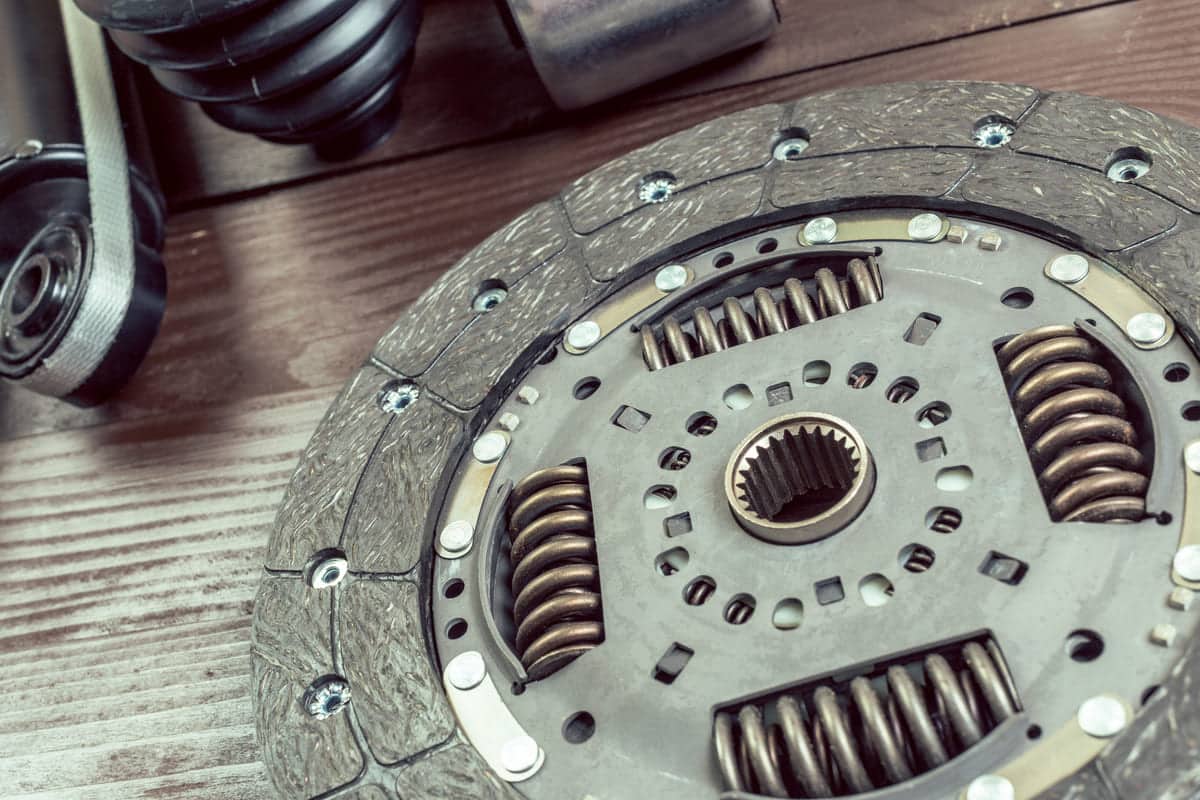Used in cars, bikes, and industrial machinery, clutches control the power transfer. They come in different types manual, automatic, and centrifugal each designed to meet specific performance and user control.
What is a Clutch in a Car?
A clutch in a is a device that connects and disconnects the engine from the transmission. When you press the clutch pedal, it disengages the engine so you can change gears smoothly. This is the process of controlling vehicle speed and power.
The clutch has several parts, the clutch disc, pressure plate and flywheel. The clutch disc sits between the engine and the . The pressure plate holds the clutch disc against the flywheel so the engine power is transmitted to the wheels.
When the driver releases the clutch pedal, the pressure plate pushes the clutch disc against the flywheel. This reconnects the engine to the transmission. It allows the car to move forward or backward.
In cars, drivers use the clutch to shift gears. cars have a different system for shifting gears but still have a form of a clutch mechanism.
References
- Clutch. Wikipedia. Retrieved from
- What does clutch mean?. Car and Driver. Retrieved from
How Many Types of Clutch?
There are several types of clutches used in vehicles and machinery. Each type has its own function and application. The main types are:
- Friction Clutch: Uses friction between clutch discs to engage and disengage the engine and transmission.
- Centrifugal Clutch: Engages automatically with increasing engine speed, used in small engines and scooters.
- Hydraulic Clutch: Uses hydraulic fluid to transfer force from the pedal to the clutch mechanism.
- Electromagnetic Clutch: Uses an electromagnetic field to engage and disengage the engine and transmission, used in some modern cars.
- Cone Clutch: Uses cone-shaped friction surfaces for engagement, and smooth operation.
References
- How Clutches Work. HowStuffWorks. Retrieved from

How Does Clutch Work?
Knowing how the clutch works is important in operating a vehicle efficiently. The clutch in a car connects and disconnects the engine and transmission. This allows smooth gear changes and controlled power transfer in manual transmission cars.
Here’s a step-by-step explanation of how a car clutch works:
- Starting Position: Clutch is engaged. The clutch disc is pressed against the flywheel, engine power flows to the transmission and wheels.
- Pressing the Clutch: Pedal When the driver presses the clutch pedal, it activates the clutch mechanism to disengage the clutch for gear shifting or braking.
- Disengagement: Pressing the pedal moves the pressure plate away from the clutch disc. This creates a gap between the engine and transmission.
- Neutral State: Clutch is fully disengaged, and transmission is in neutral. Engine power doesn’t reach the wheels, the car can idle and you can shift gears smoothly.
- Shifting a Gear: With the clutch disengaged, the driver can shift a gear using the gearshift lever. Smooth shifting because there’s no connection between the engine and transmission.
- Releasing the Clutch Pedal: After shifting a gear, release the clutch pedal gradually and the clutch will re-engage. The pressure plate moves back to the clutch disc and connects the engine power to the transmission.
- Power Transfer: The clutch is fully engaged, power flows from the engine through the clutch disc to the transmission, the car can move forward or backward in the selected gear.
- Blipping the Clutch: Drivers blip the clutch pedal to control engagement. Good blipping ensures smooth shifting and controlled acceleration, with no stalling or jerking.
- Repeat as Needed: Drivers repeat this process to shift gears, accelerate, decelerate or stop. Using the clutch pedal they control the speed and direction of the vehicle.
How is a Clutch Designed?
A clutch is designed with the help of the following key components:
- Clutch Disc: Engineers put friction material on both sides of the clutch disc to grip the flywheel and pressure plate.
- Pressure Plate: The pressure plate applies force to the clutch disc to connect the engine and transmission.
- Flywheel: The flywheel is connected to the engine and has a smooth surface for the clutch disc to engage.
- Release Bearing: The release bearing allows the pressure plate to disengage the clutch disc when the driver presses the clutch pedal.
- Springs: Springs in the pressure plate assembly keep the pressure consistent and engagement smooth.
References
- Car Clutch. Acko. Retrieved from
What is a clutch used for?
A clutch is used to transfer power from the engine to the transmission. It allows the driver to engage and disengage the engine smoothly, so you can shift gears without damaging the transmission.
By pressing the clutch pedal, the driver can temporarily disconnect the engine power, so you can shift gears or stop without stalling. This is for smooth acceleration and deceleration.
Clutch also manages the torque and speed difference between the engine and transmission, for better performance and efficiency. It’s necessary for precise control and safe operation in manual transmission cars.
Quick Facts on the Clutch:
Here are the facts:
- Purpose: To engage and disengage engine power to the transmission.
- Components: Clutch disc, pressure plate, flywheel, release bearing.
- Operation: Press the clutch pedal to disengage the clutch.
- Types: Single plate, multi plate, diaphragm spring clutch.
- Location: Between the engine and transmission.
- Function: To shift gears without damaging the transmission.
- Importance: Necessary for torque control and speed management in manual transmission.
- Wear and Tear: Subject to wear and needs periodic maintenance or replacement.
References
- Clutch. Cars.com. Retrieved from https://www.cars.com/auto-repair/glossary/clutch/


